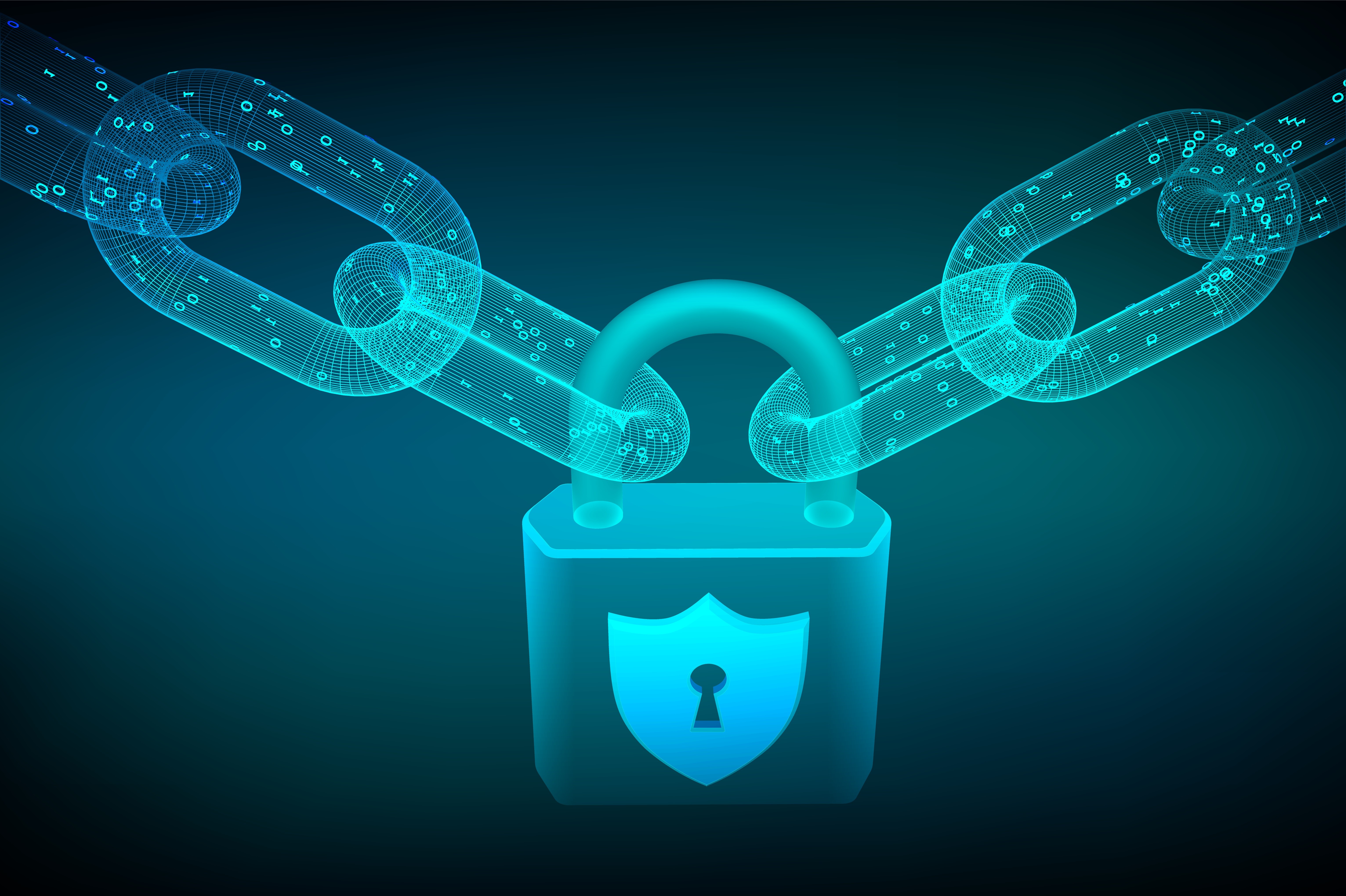Why Zero Trust is the Future of Data Security
Zero Trust
Data Security
Data Centric
Feb 9, 2025

Why Zero Trust is the Future of Data Security
Introduction: The Security Paradigm Shift
For decades, cybersecurity has relied on the perimeter defense model—securing networks like castles with walls, moats, and gatekeepers. Firewalls, VPNs, and password-based access control were the standard defenses. However, as cyber threats become more sophisticated and data becomes more dispersed, this castle-and-moat approach is no longer enough.
Organizations now face insider threats, advanced persistent attacks (APTs), and supply chain vulnerabilities—threats that render traditional security models obsolete. The solution? Zero Trust Security.
What is Zero Trust?
At its core, Zero Trust Security means “never trust, always verify.”
No user or system is inherently trusted, whether inside or outside the network.
Every access request must be continuously authenticated, authorized, and validated based on policies.
Access is granted based on least privilege principles, ensuring users and systems only get the minimum access required.
Unlike traditional security, which assumes that once a user is inside the network, they are trusted, Zero Trust treats every request as a potential threat.
The Key Principles of Zero Trust Security
1. Identity & Access Control: Trust No One by Default
Zero Trust enforces strict identity verification using multi-factor authentication (MFA), biometrics, and decentralized identity solutions. Access is granted based on real-time identity validation rather than static usernames and passwords.
2. Least Privilege Access: Limit Damage from Breaches
Users and devices only get access to the data or systems they need—nothing more.
This minimizes the attack surface and prevents lateral movement in case of a breach.
Even if credentials are stolen, attackers can’t easily escalate privileges.
3. Continuous Monitoring & Adaptive Security
Instead of one-time authentication, Zero Trust uses real-time behavior analysis to detect anomalies.
If an authenticated user suddenly requests access to sensitive data at an unusual time, access can be denied or challenged for reauthentication.
AI-driven security tools analyze activity in real time to detect malicious or risky behavior.
4. Data-Centric Security: Protect the Data, Not Just the Perimeter
Instead of just protecting the network or endpoints, Zero Trust secures the data itself using encryption, tokenization, and attribute-based access control (ABAC).
Traditional security: Secure the network, and hope attackers don’t get in.
Zero Trust: Secure the data itself, so even if attackers breach the system, they can’t use stolen data without authorization.
Why Organizations Need Zero Trust Now
1. The Rise of Remote Work & Cloud Computing
The modern workforce no longer operates inside a secure office network.
Employees access corporate data from home, public WiFi, and mobile devices.
Traditional perimeter security doesn’t work when the network is everywhere.
2. Cyberattacks Are More Sophisticated Than Ever
Threat actors use phishing, credential stuffing, and ransomware to infiltrate networks.
60% of data breaches in 2023 were caused by compromised credentials.
Insider threats are increasing, making trust-based security models dangerous.
3. Regulatory Compliance & Data Protection Requirements
Laws like GDPR, CCPA, HIPAA, and FISMA now mandate data security, access control, and encryption.
Zero Trust helps companies meet these compliance requirements by default.
Attribute-based access control (ABAC) and encryption ensure that only authorized users access sensitive data.
How Zero Trust Strengthens Data Security
🔒 Prevents Unauthorized Access: Every request is verified, stopping credential-based attacks.
⚡ Minimizes Attack Surfaces: Attackers can’t move laterally within systems, limiting damage.
🛡️ Protects Sensitive Data: Even if a system is compromised, encrypted data remains secure.
📊 Enhances Compliance & Governance: Auditable access logs and policy enforcement improve security posture.
Conclusion: Zero Trust is the Future of Cybersecurity
Zero Trust is not just a security model—it’s a necessity. In an era where cyber threats are relentless, companies must move beyond outdated security approaches.
By implementing data-centric security, continuous verification, and least privilege access, organizations can protect themselves against breaches, insider threats, and compliance risks.
🚀 The future of cybersecurity is Zero Trust—because in today’s digital landscape, trust is a vulnerability.